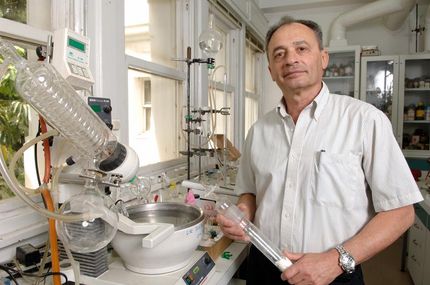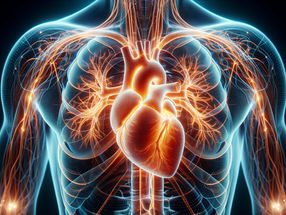Chevron begins production at Typhoon
Chevron U.S.A. Production Co. today announced oil and gas production began July 29, at the Typhoon field, located in the deepwater Gulf of Mexico. Depending upon well performance, production is expected to reach about 40,000 barrels of oil per day and about 60 million standard cubic feet of gas per day during the fourth quarter 2001. The commercial life of the Typhoon field is estimated to be five to eight years.
"Realizing first production at Typhoon only 18 months after project approval is the result of pace-setting performance in deepwater project development," said George Kirkland, president of Chevron U.S.A. Production Co. "Typhoon was brought on-line safely, under the $256 million project budget and significantly ahead of schedule."
Operated by Chevron's Gulf of Mexico Deepwater Business Unit, the Typhoon production facility is a SeaStar® Tension Leg Platform located in 2,100 feet of water in Green Canyon 237, approximately 165 miles south-southwest of New Orleans. Four wells located in Green Canyon 236 and 237, originally drilled for prospect appraisal, are operated remotely via subsea completions. Produced oil and gas are transported to shore through separate export pipelines, which tie into existing pipeline infrastructure. Typhoon partners are Chevron (50 percent) and BHP Billiton Ltd. (50 percent).
In December 2000, the U.S. Minerals Management Service authorized Deepwater Royalty Relief, which allows the first 87.5 million barrels of oil and equivalent gas produced at Typhoon to be exempt from royalties under certain market conditions.
In addition to Typhoon, Chevron has a net production of more than 38,000 barrels of oil and equivalent gas per day (boegd) in the deepwater Gulf of Mexico, from the Chevron-operated Genesis field, and from Gemini, a joint venture project operated by Texaco Inc. Chevron's Gulf of Mexico Shelf Business Unit produces another 235,000 net boegd in Gulf of Mexico waters less than 1,000 feet deep.
Most read news
Other news from the department research and development

Get the chemical industry in your inbox
By submitting this form you agree that LUMITOS AG will send you the newsletter(s) selected above by email. Your data will not be passed on to third parties. Your data will be stored and processed in accordance with our data protection regulations. LUMITOS may contact you by email for the purpose of advertising or market and opinion surveys. You can revoke your consent at any time without giving reasons to LUMITOS AG, Ernst-Augustin-Str. 2, 12489 Berlin, Germany or by e-mail at revoke@lumitos.com with effect for the future. In addition, each email contains a link to unsubscribe from the corresponding newsletter.























































